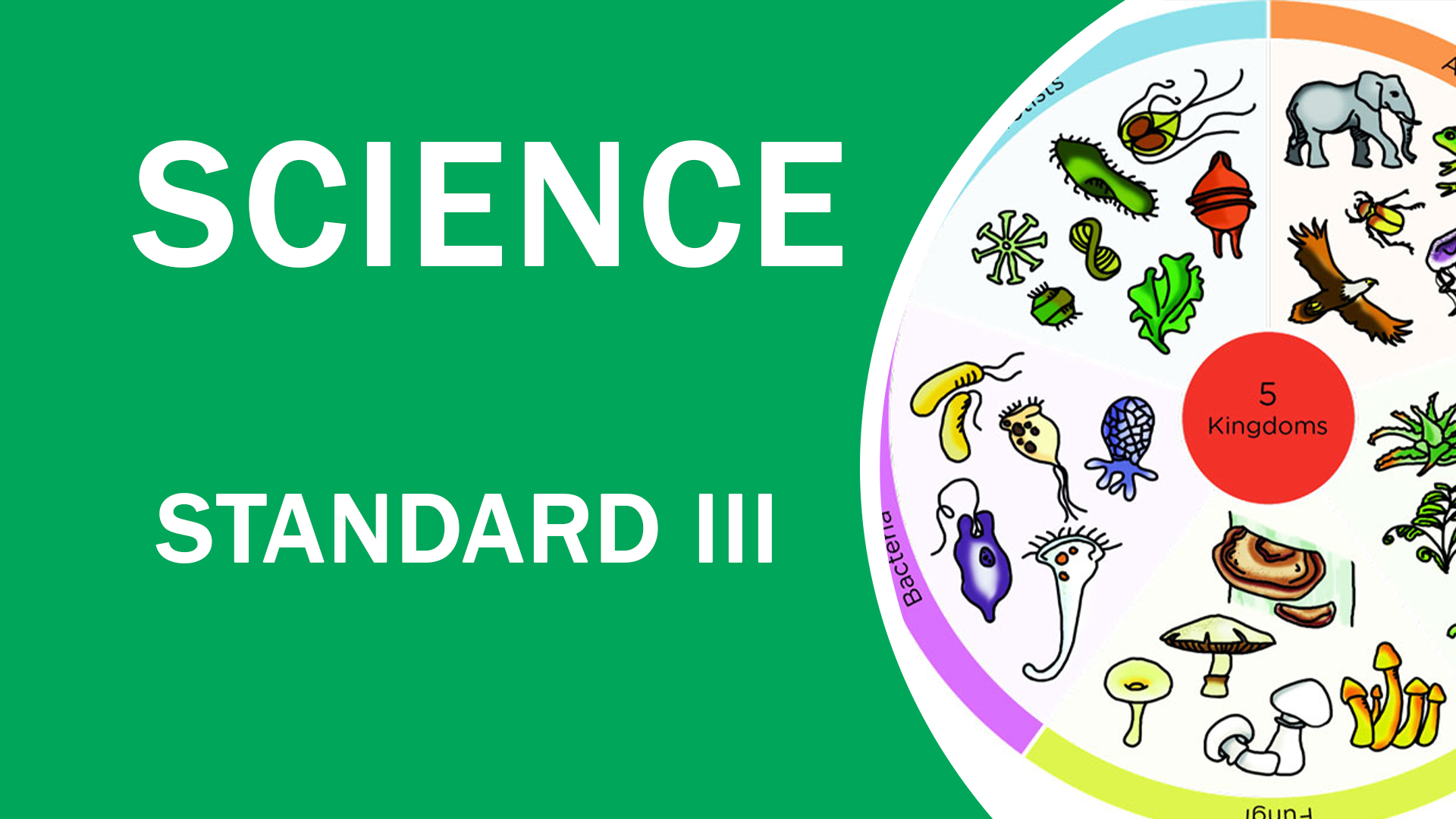Learning Outcomes – Science Standard Three
By the end of Standard Three, learners should be able to:
-
Identify and describe living and non-living things in their environment.
-
Understand basic parts and functions of the human body, plants, and animals.
-
Observe and record simple changes in weather and surroundings.
-
Demonstrate care for living things and the environment.
-
Carry out simple investigations and record findings using drawings or simple charts.
-
Communicate scientific ideas clearly through speaking, writing, and drawing.
-
Apply safety and hygiene practices during experiments and in daily life.
These outcomes aim to develop scientific curiosity, observation skills, and a sense of responsibility toward the environment.
Requirements for Science – Standard Three
To effectively engage in the Standard Three Science curriculum, learners are expected to:
-
Have basic reading and writing skills in English.
-
Show curiosity and a willingness to explore their environment.
-
Be able to follow simple instructions for experiments and observations.
-
Participate actively in class discussions and group activities.
-
Maintain a Science exercise book for notes, drawings, and recordings.
-
Have access to simple learning materials such as charts, pictures, and real objects from the environment.
Parental support at home through encouragement and helping children observe nature also enhances learning
Science – Standard Three
In Standard Three Science, learners build on their natural curiosity by exploring the world around them through simple investigations and hands-on activities. The subject introduces key topics such as living and non-living things, the human body, plants, animals, weather patterns, air, water, and the environment. Pupils are guided to ask questions, make observations, and record findings, helping them develop critical thinking and problem-solving skills. This foundational level nurtures a love for discovery and lays the groundwork for scientific understanding in daily life.
